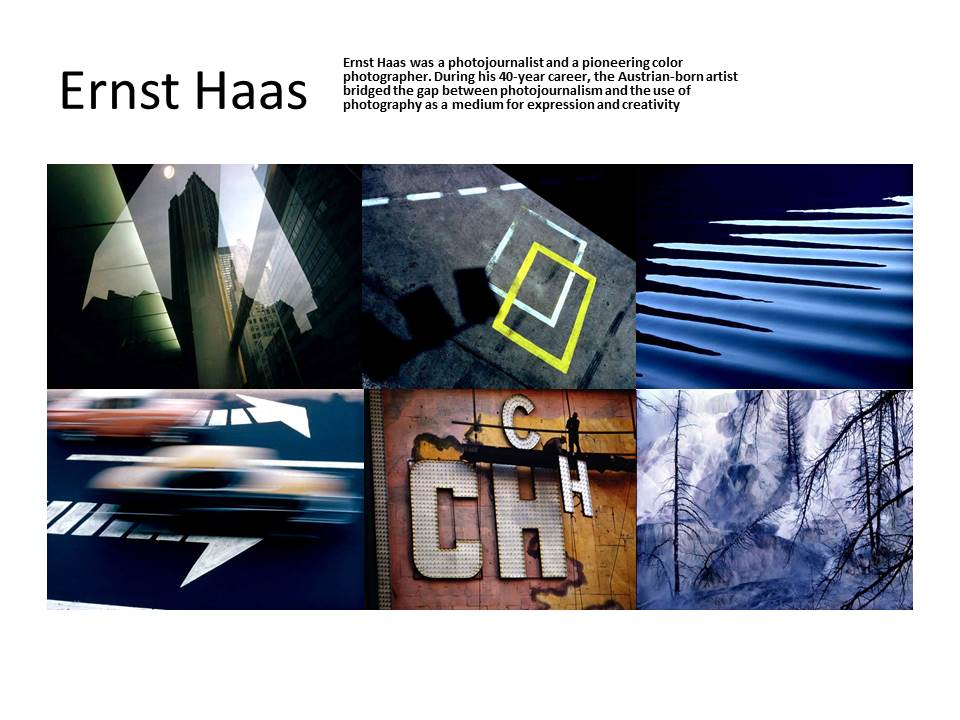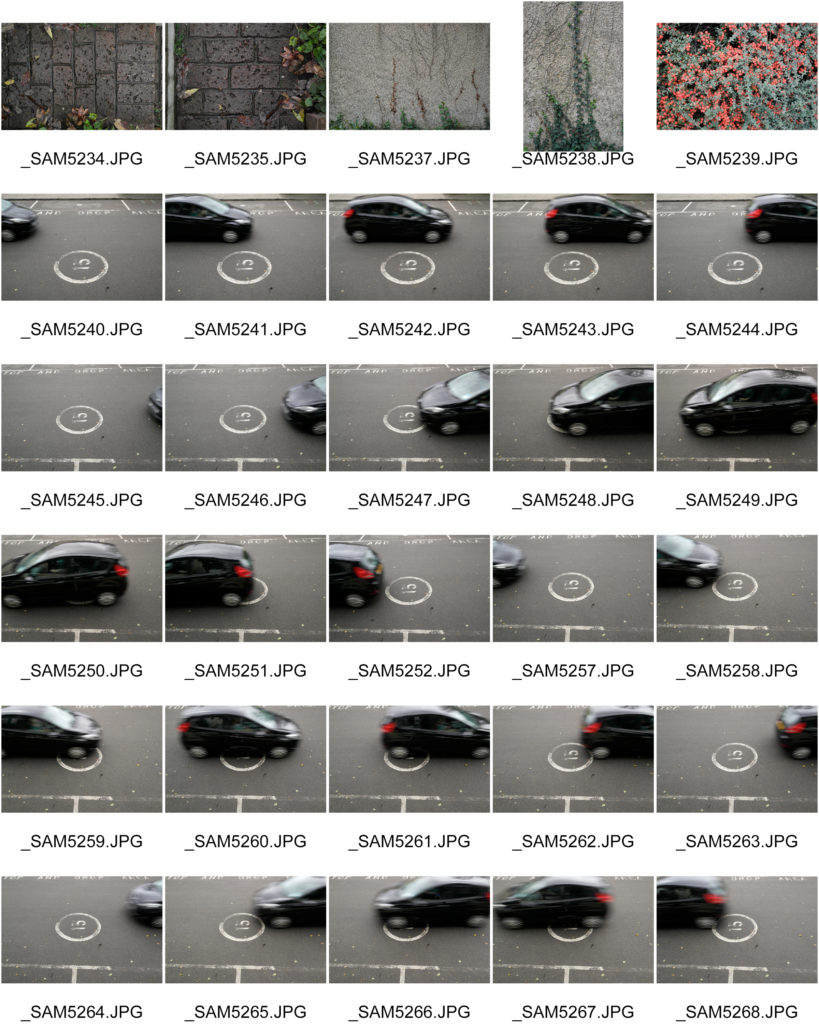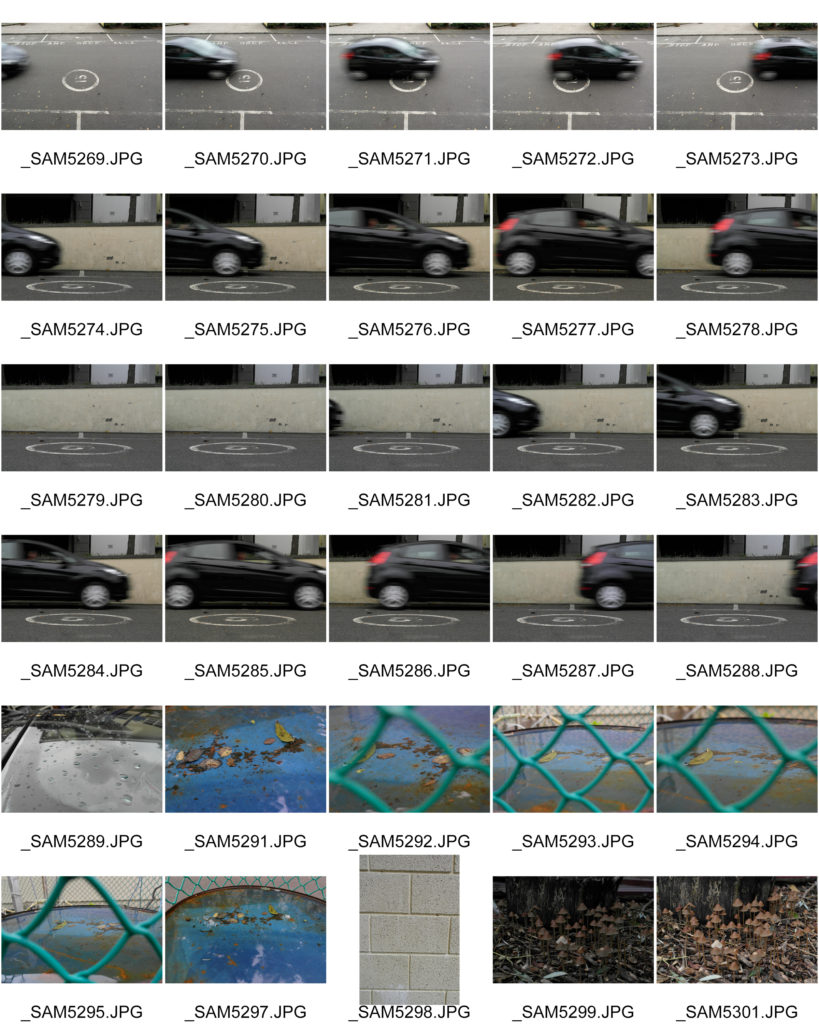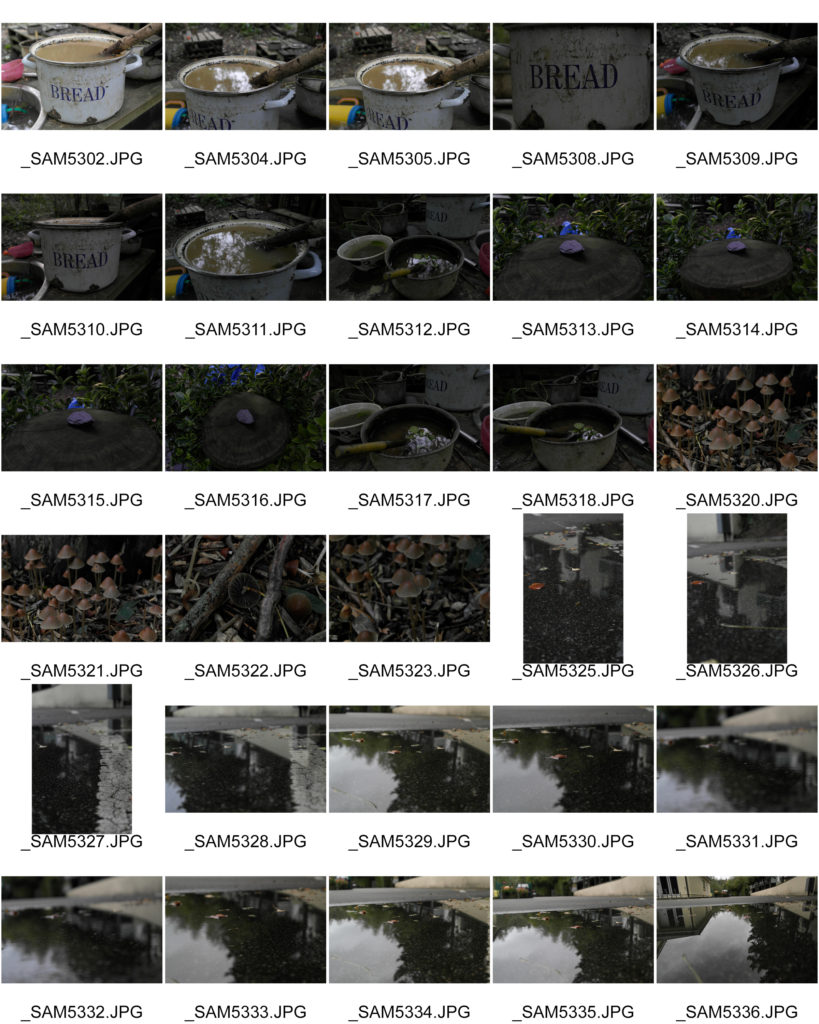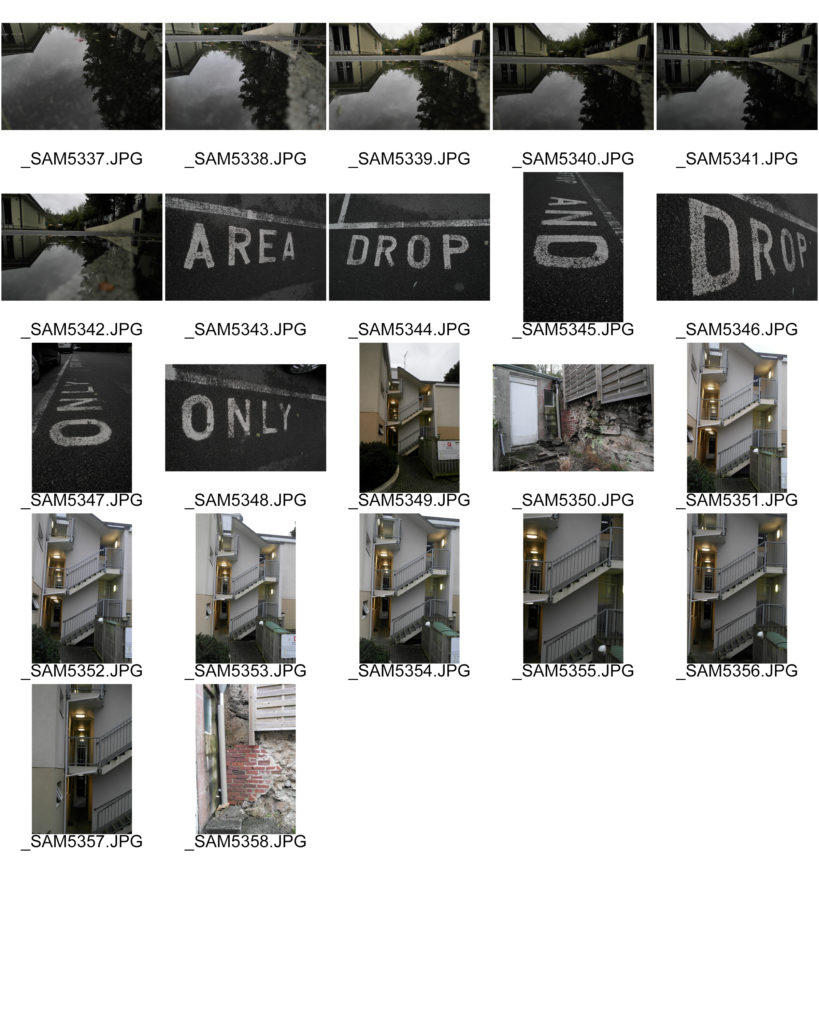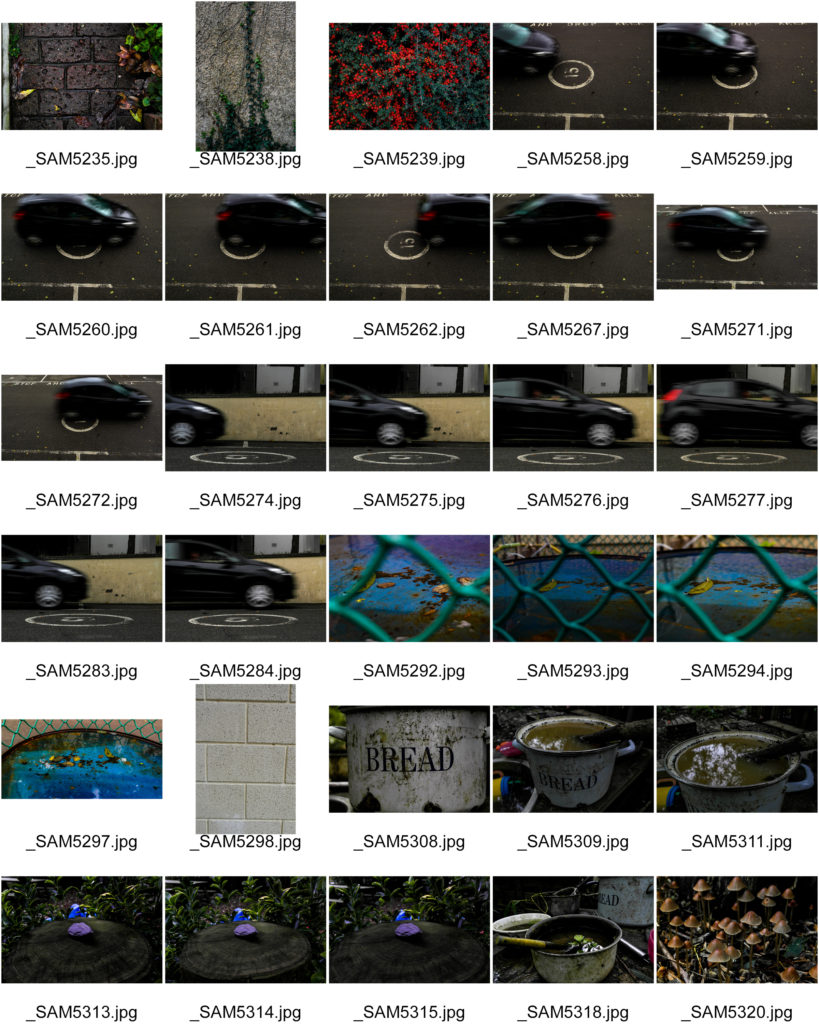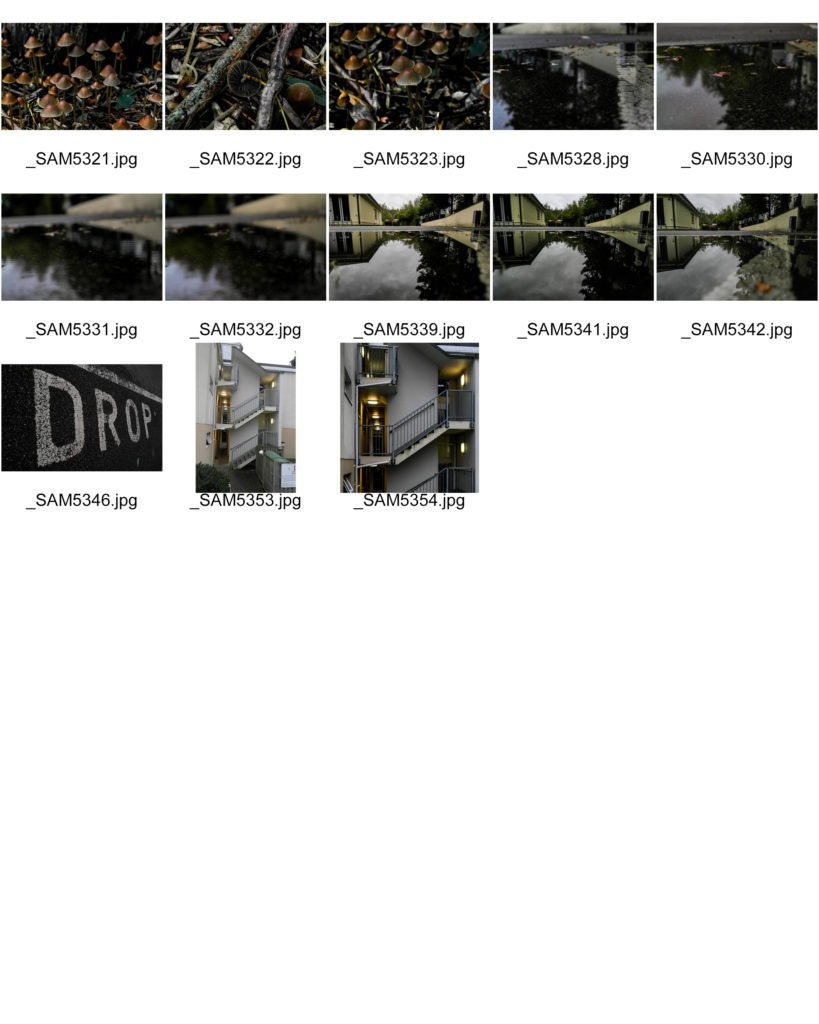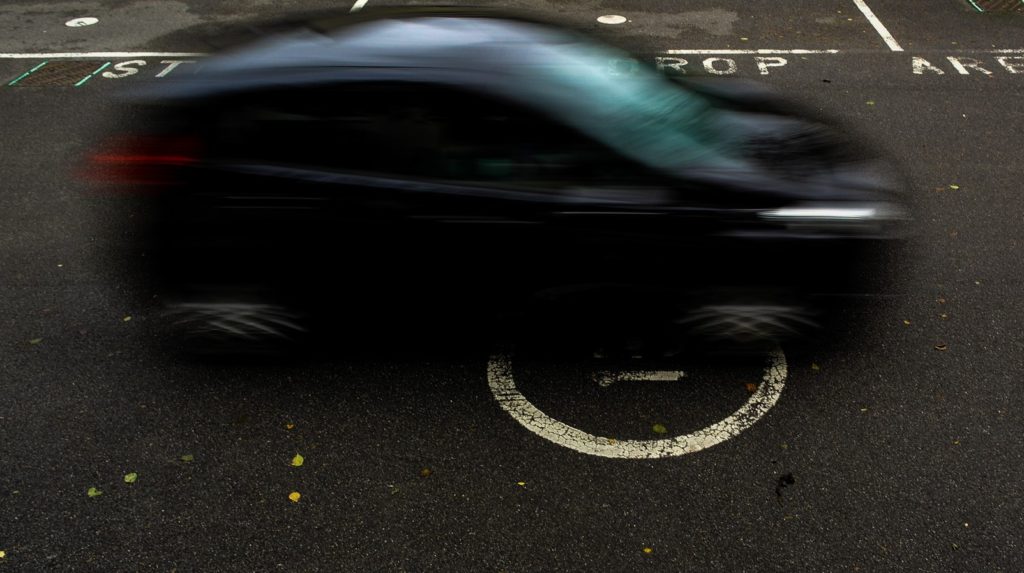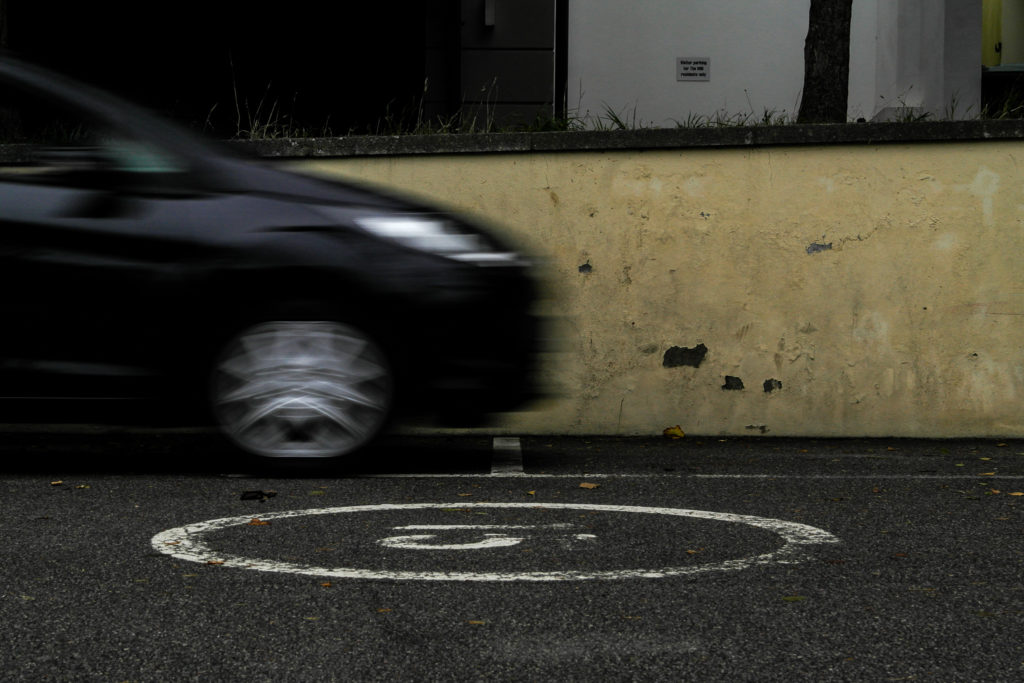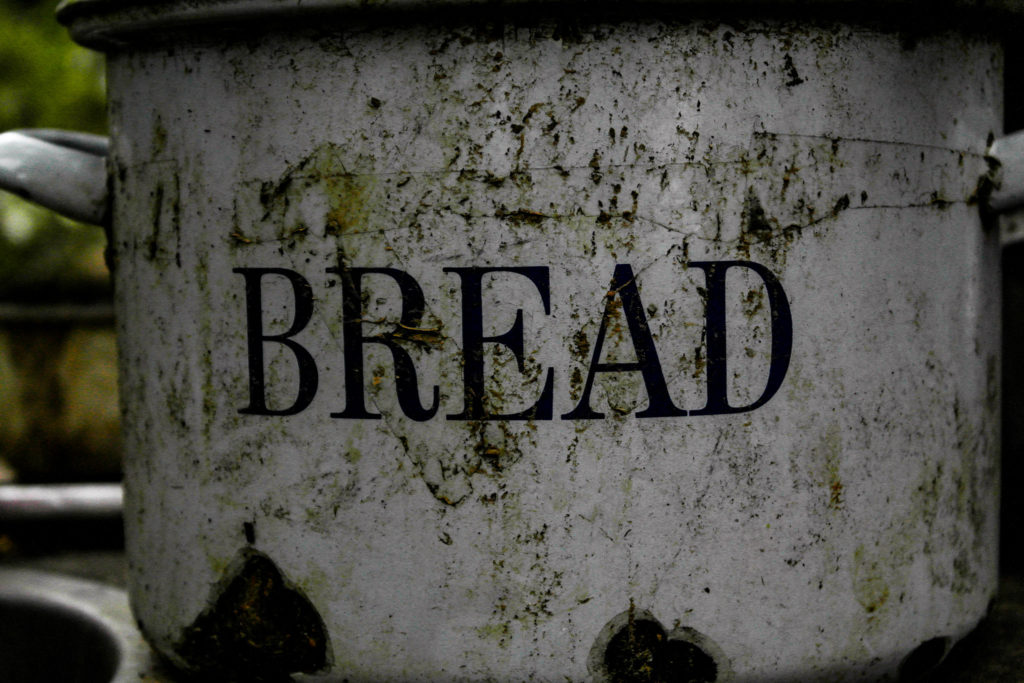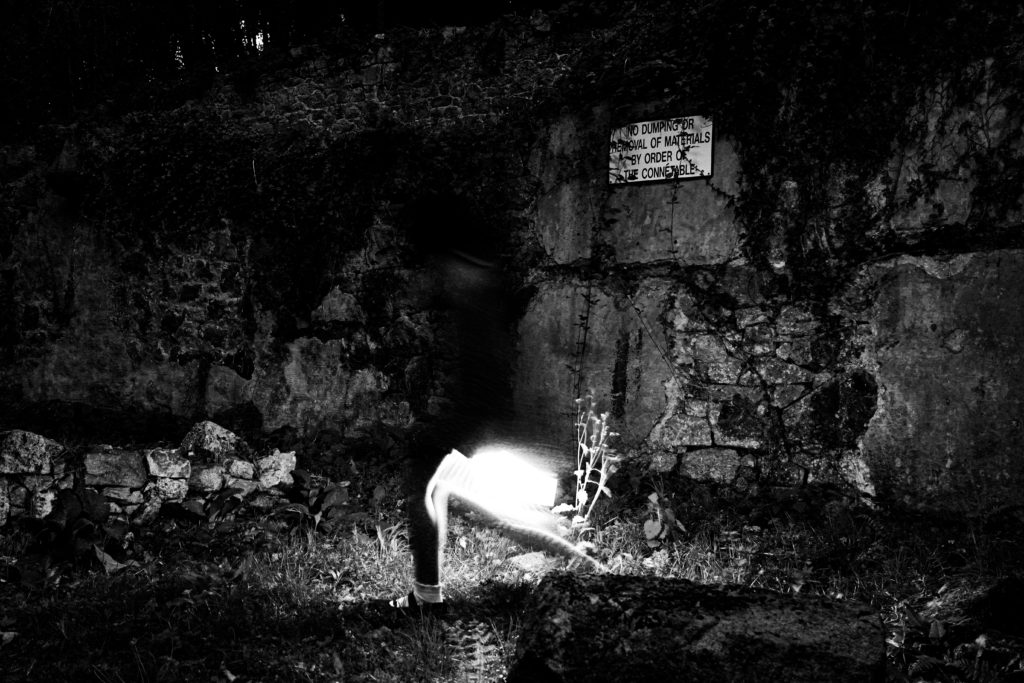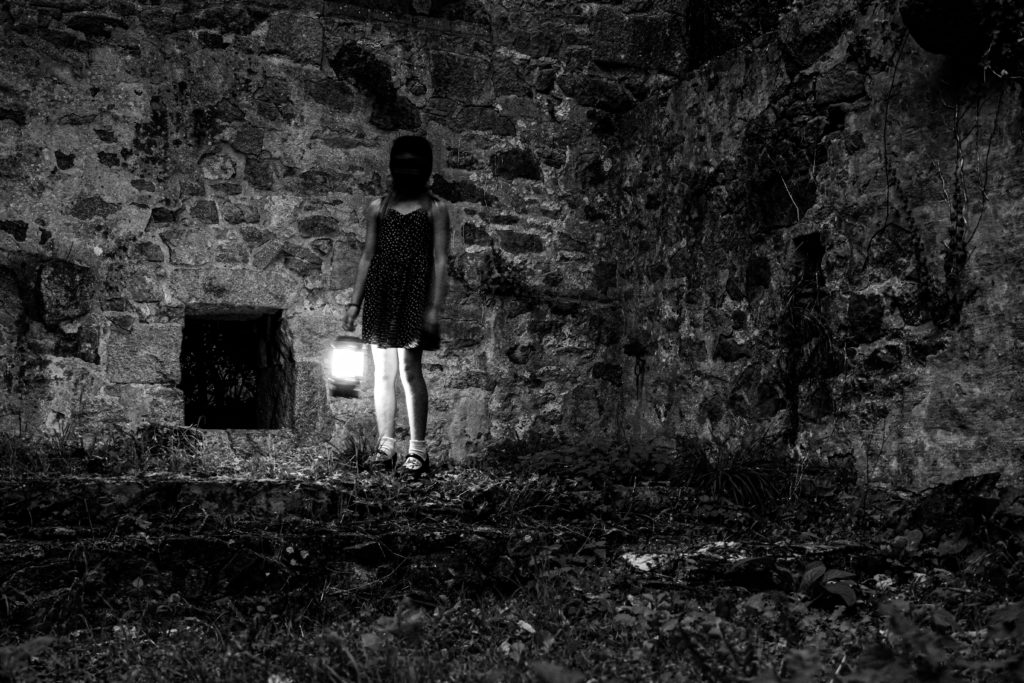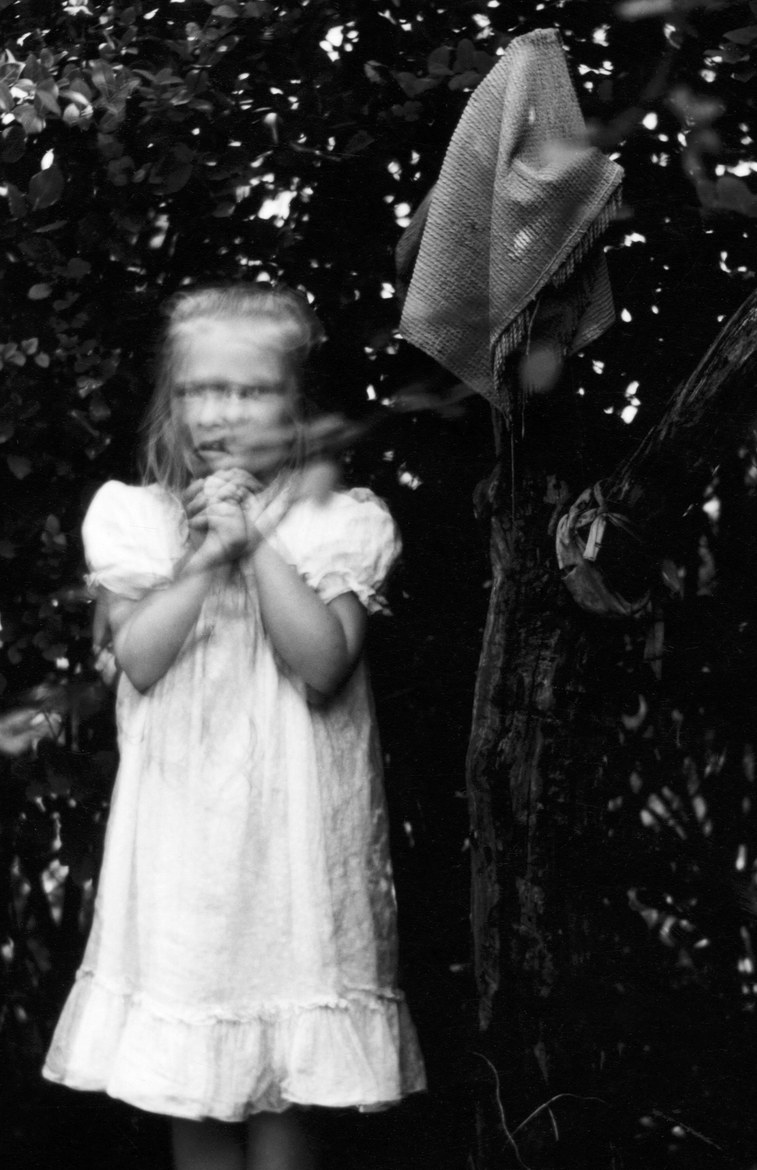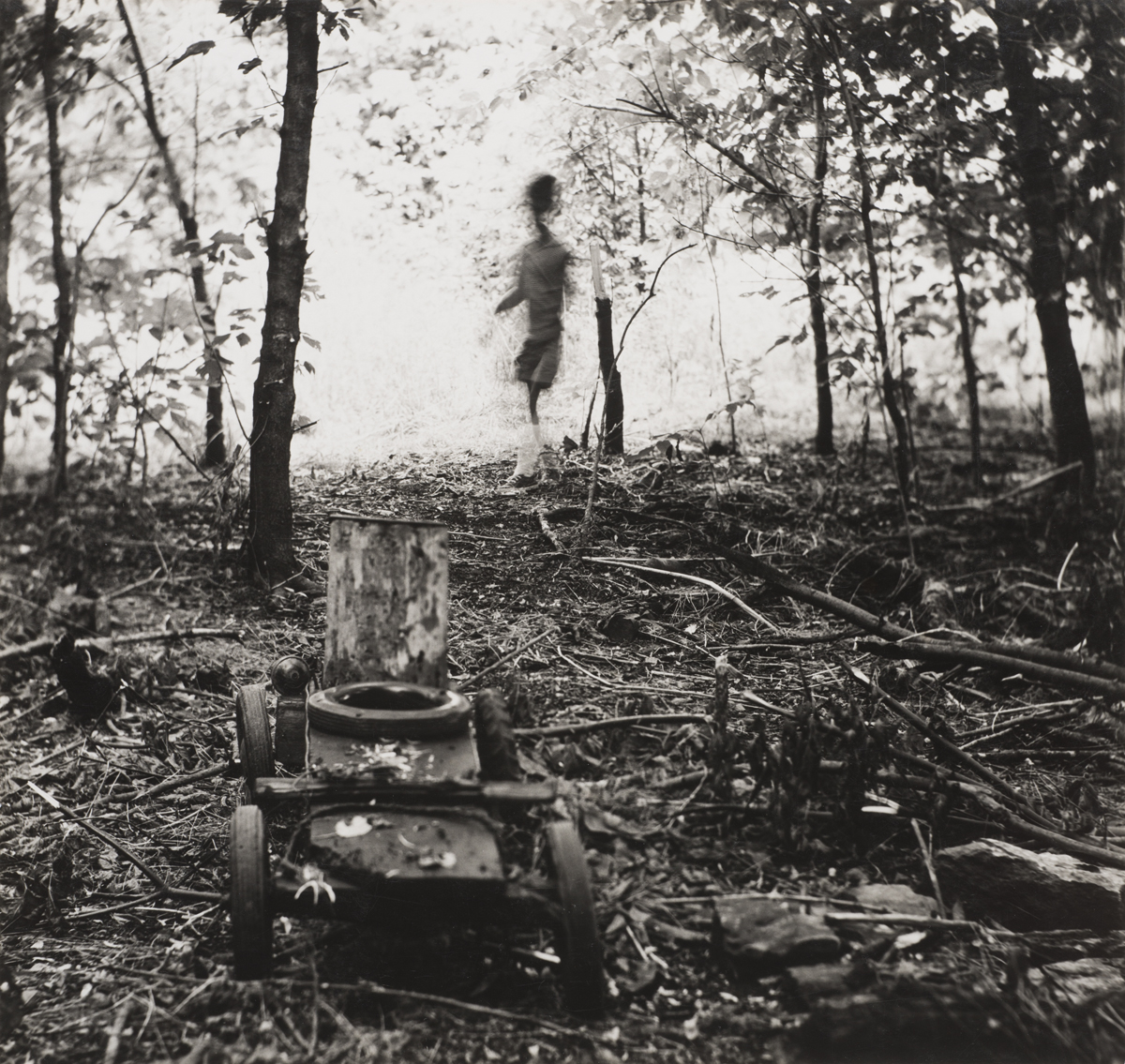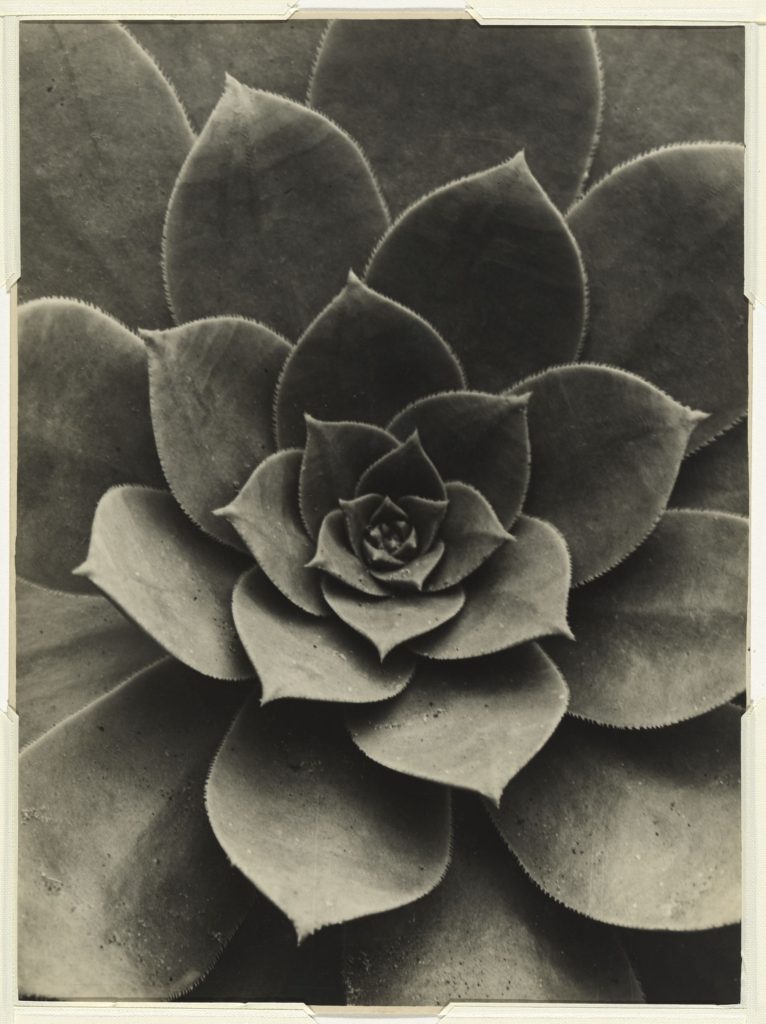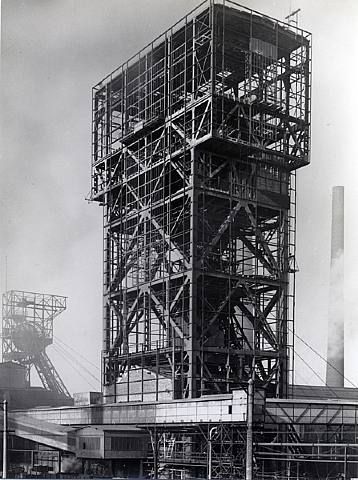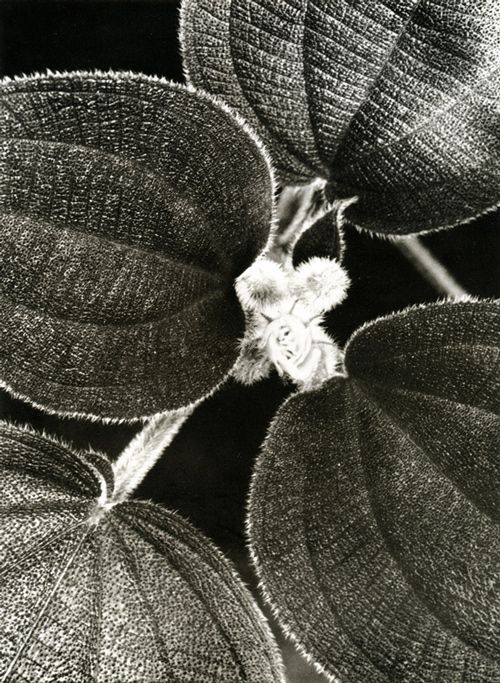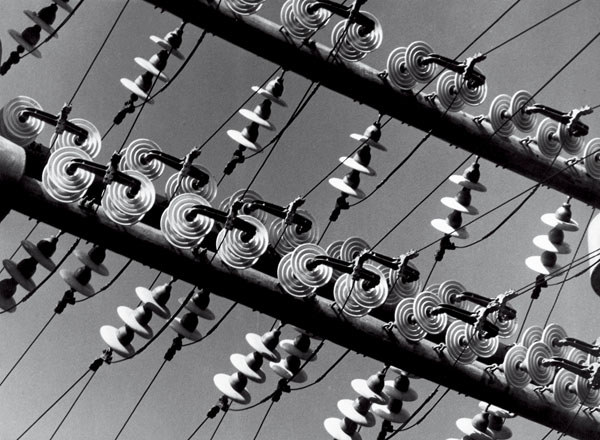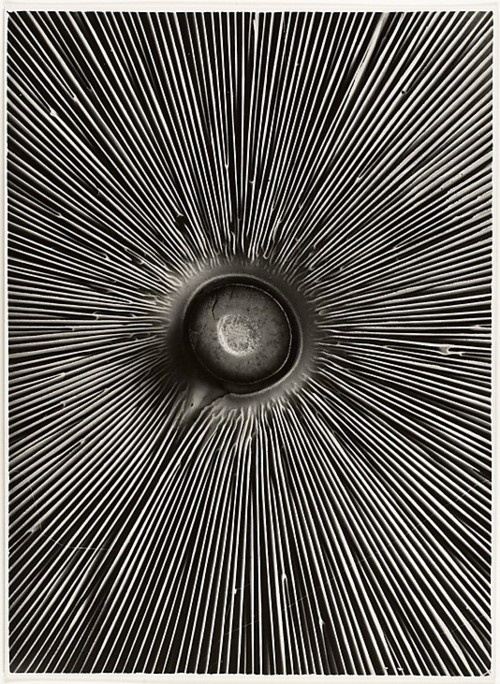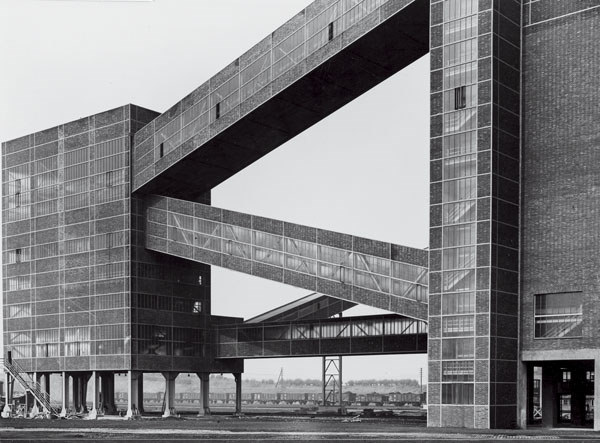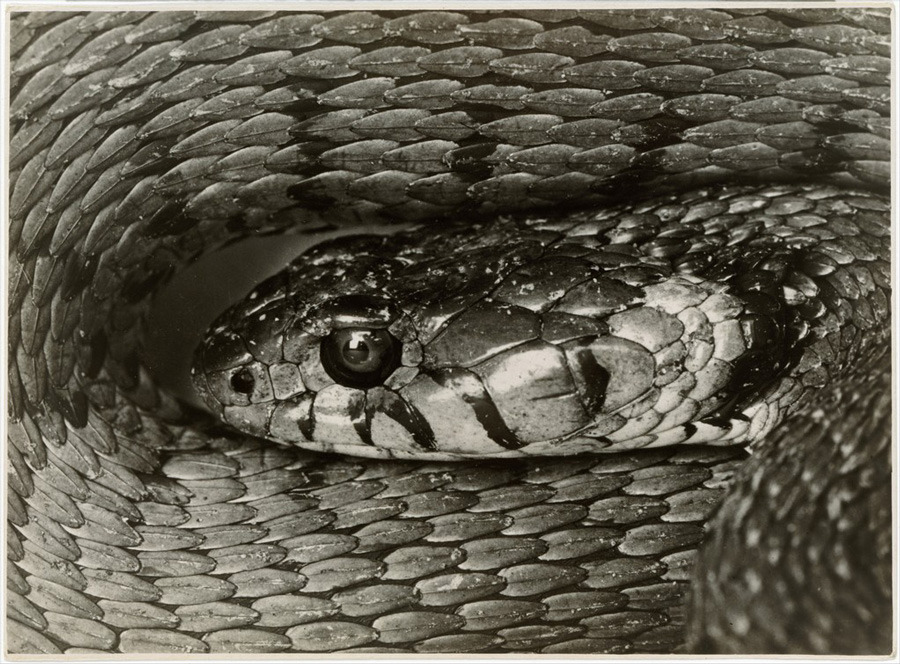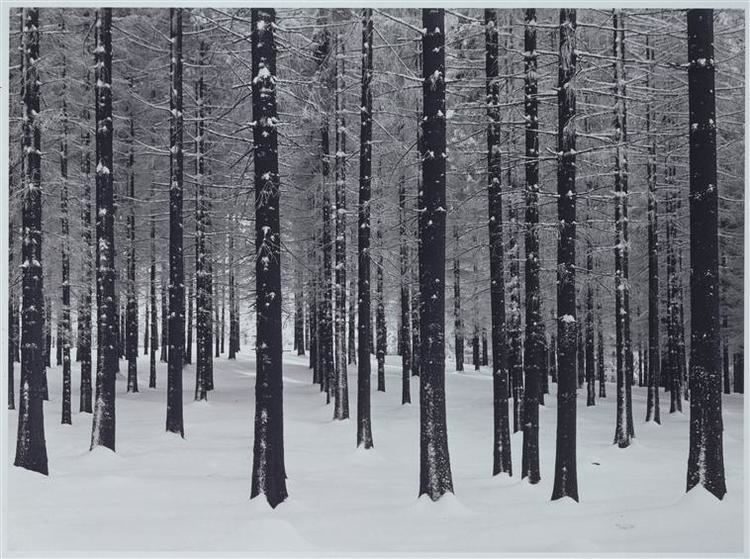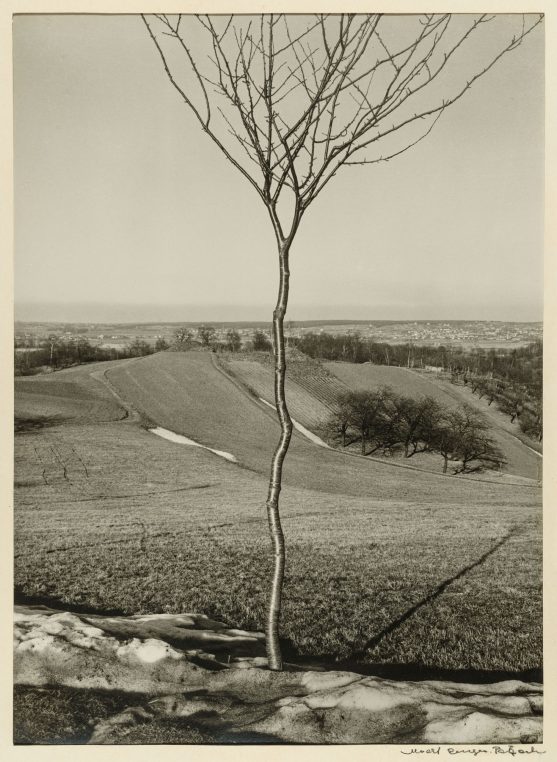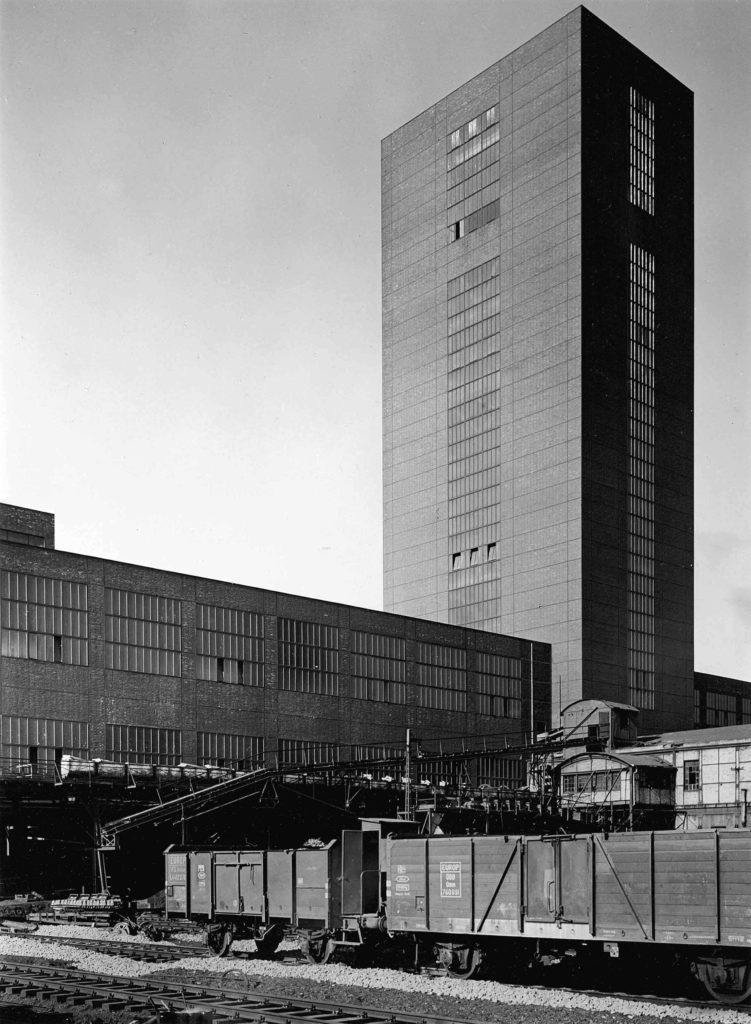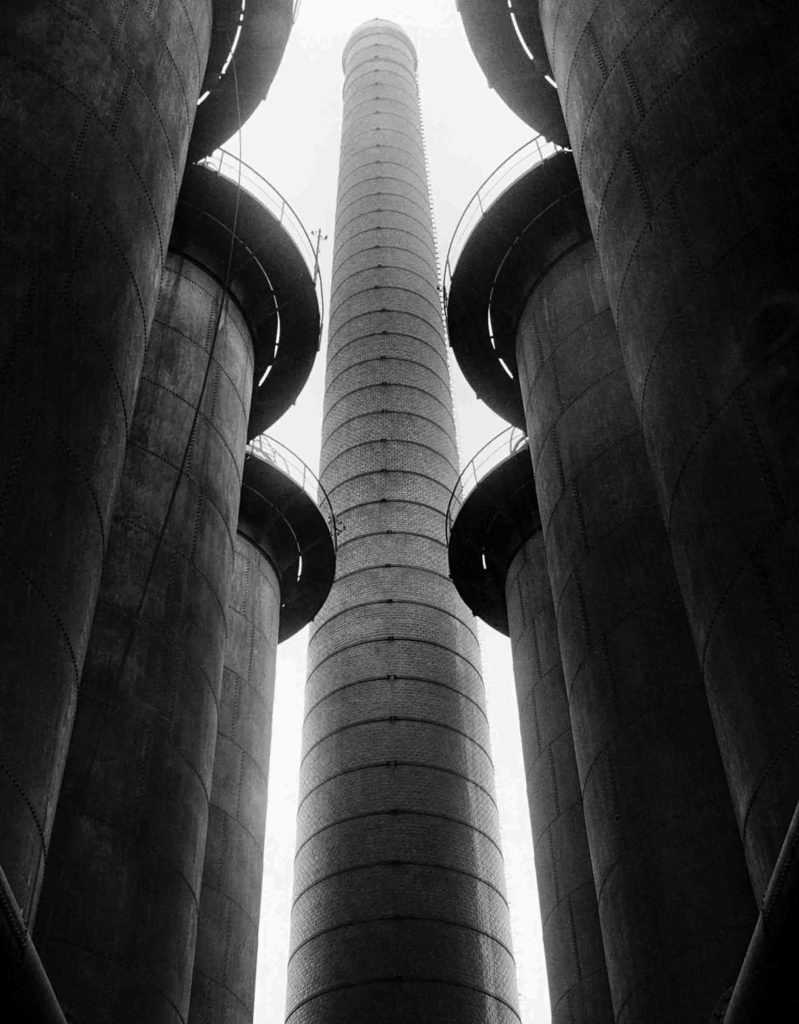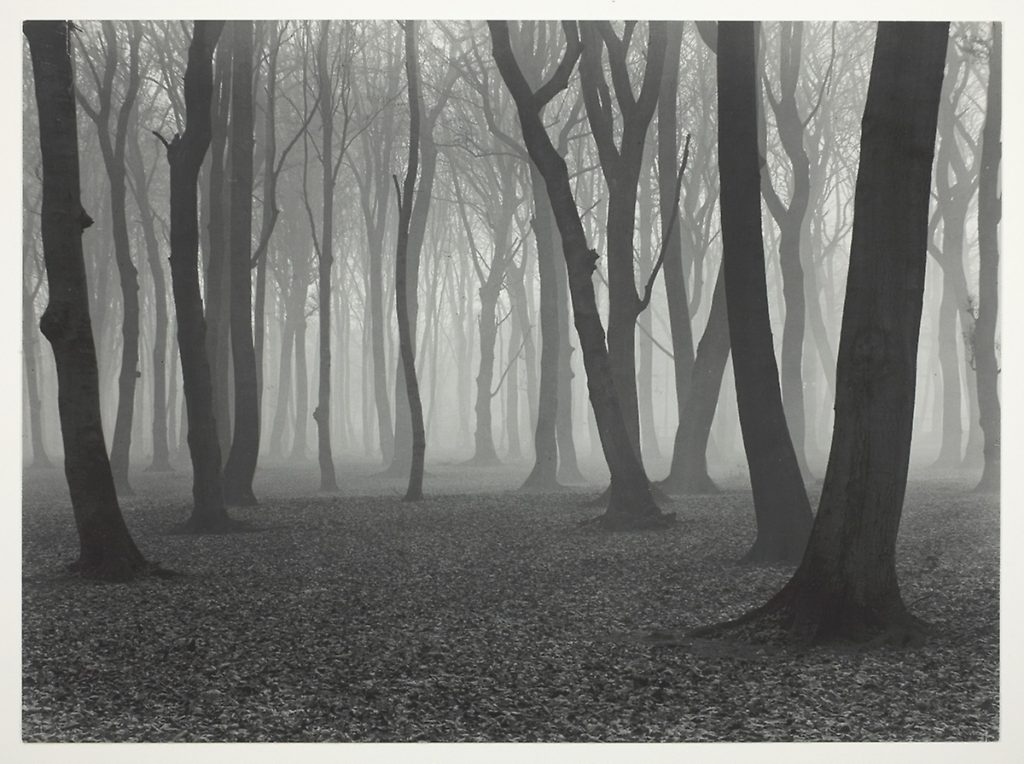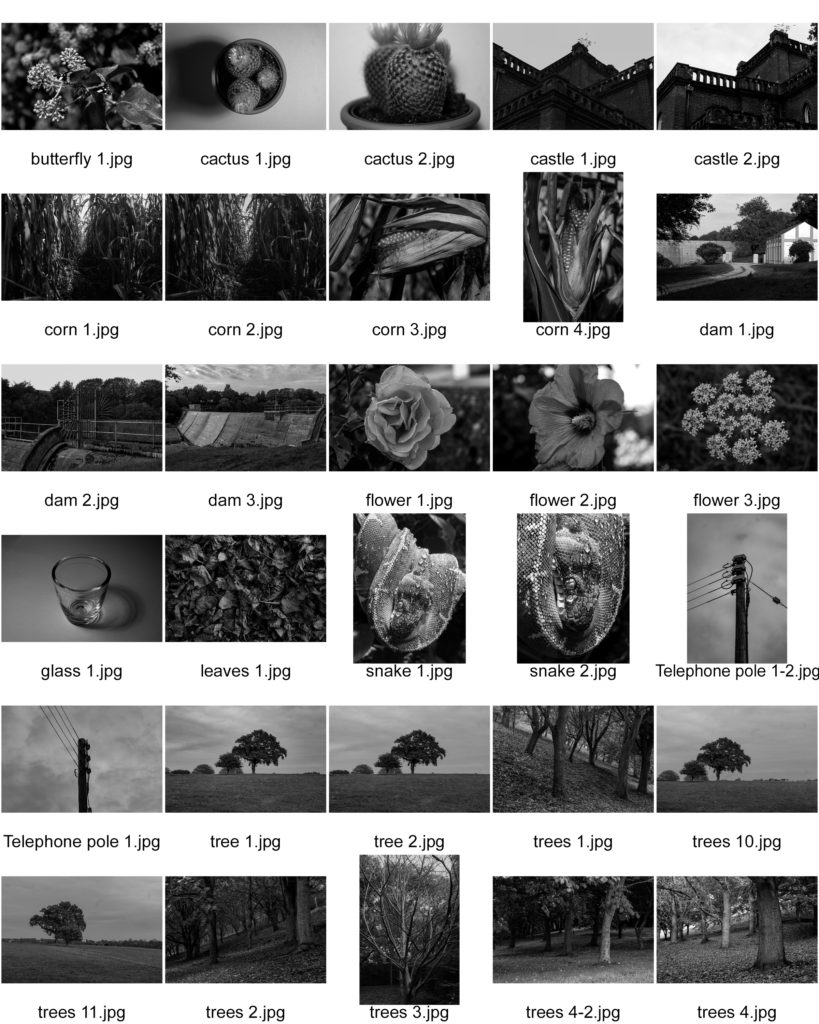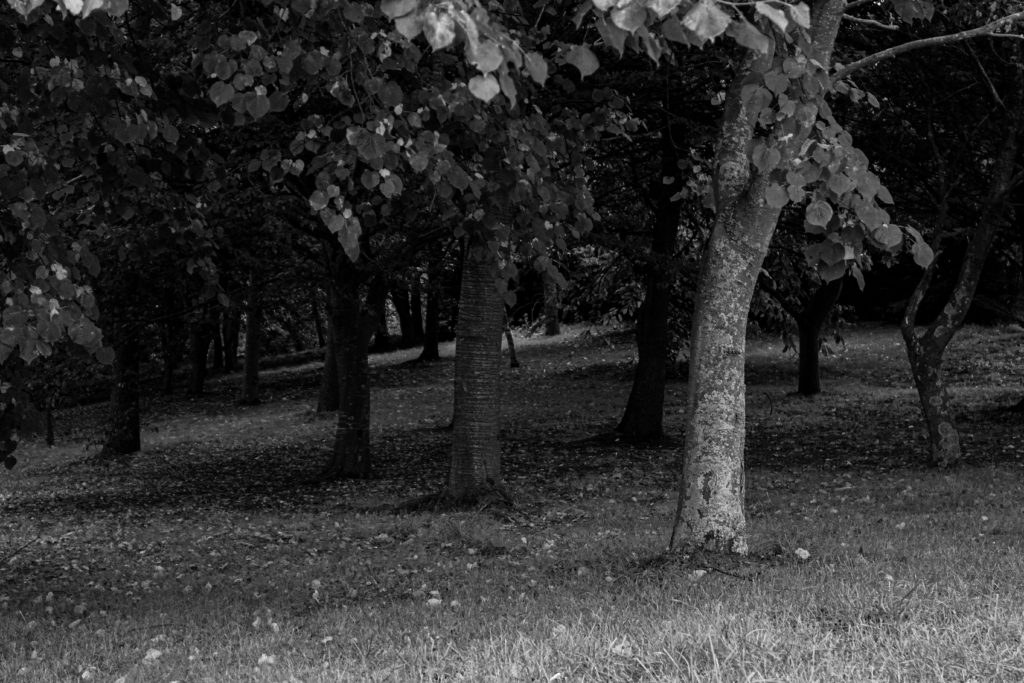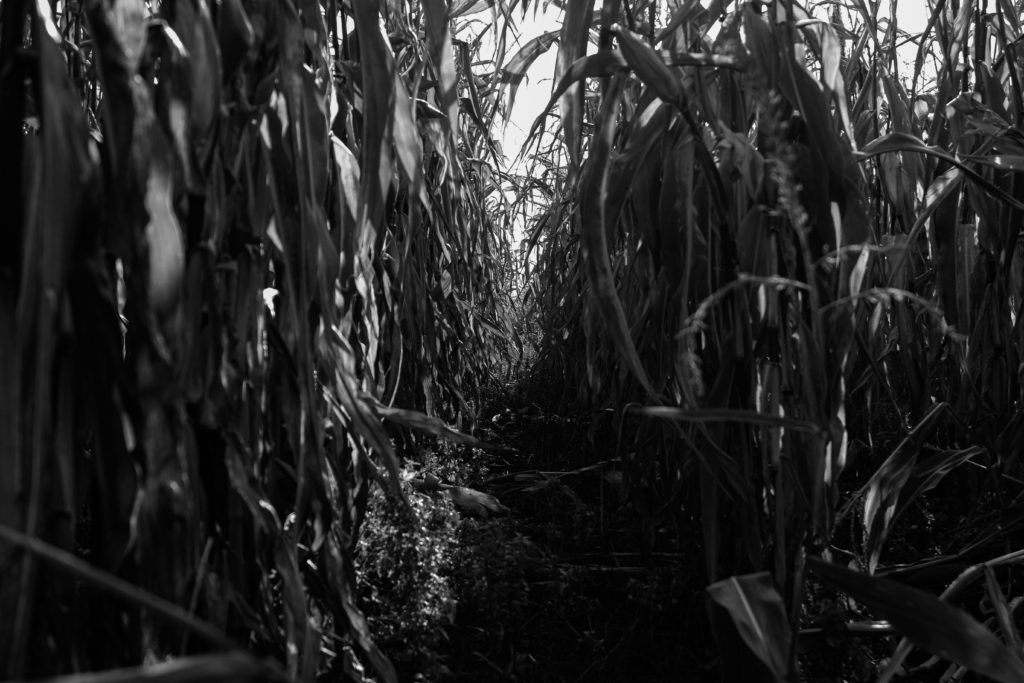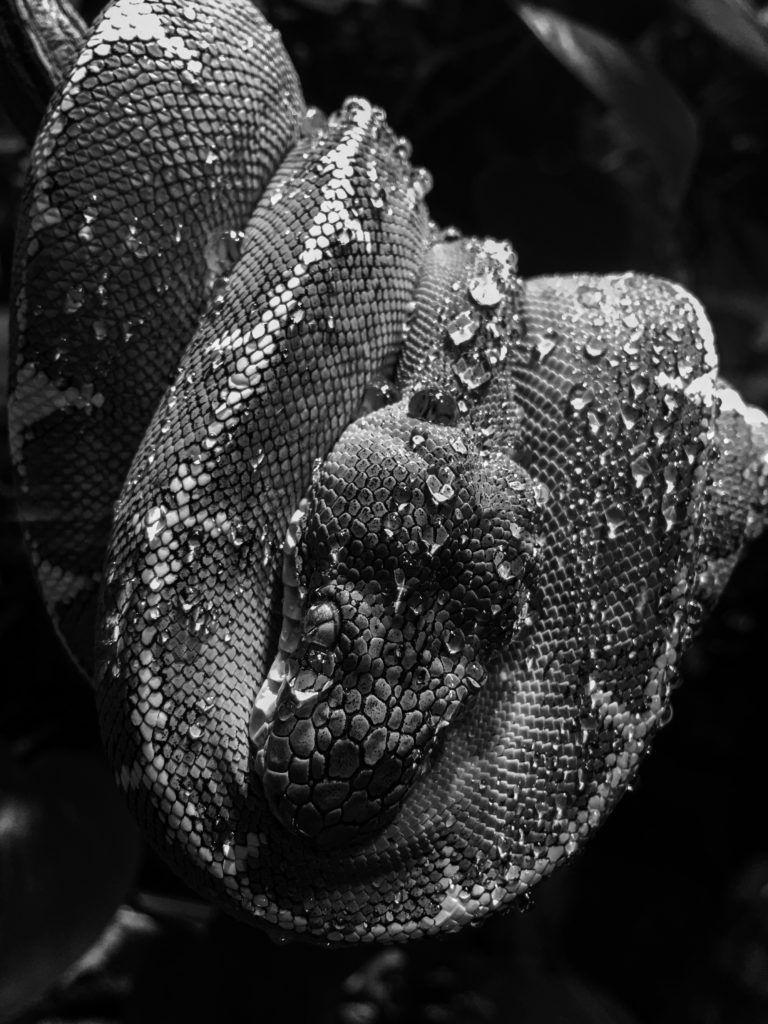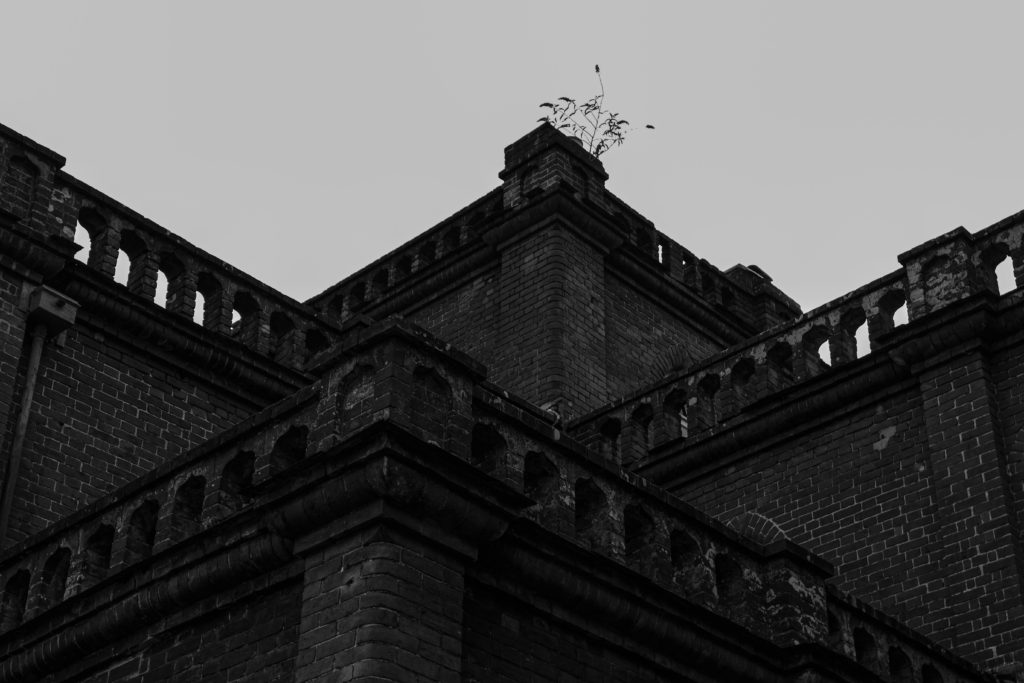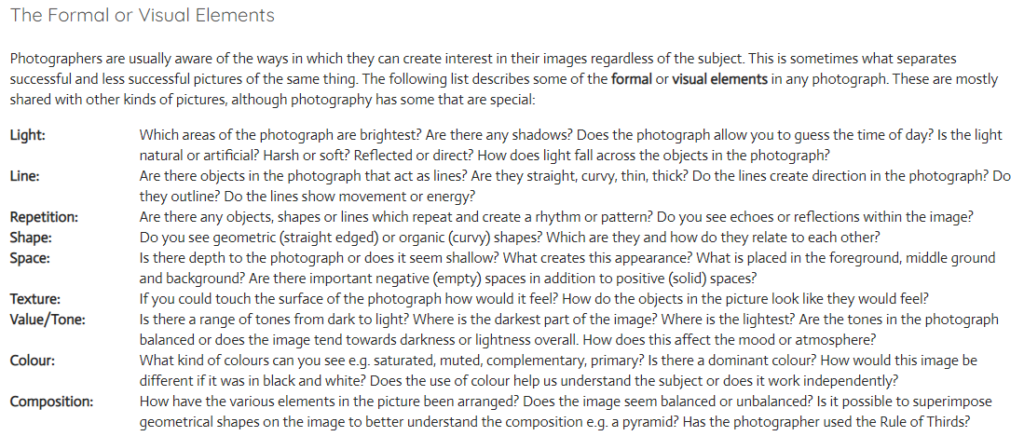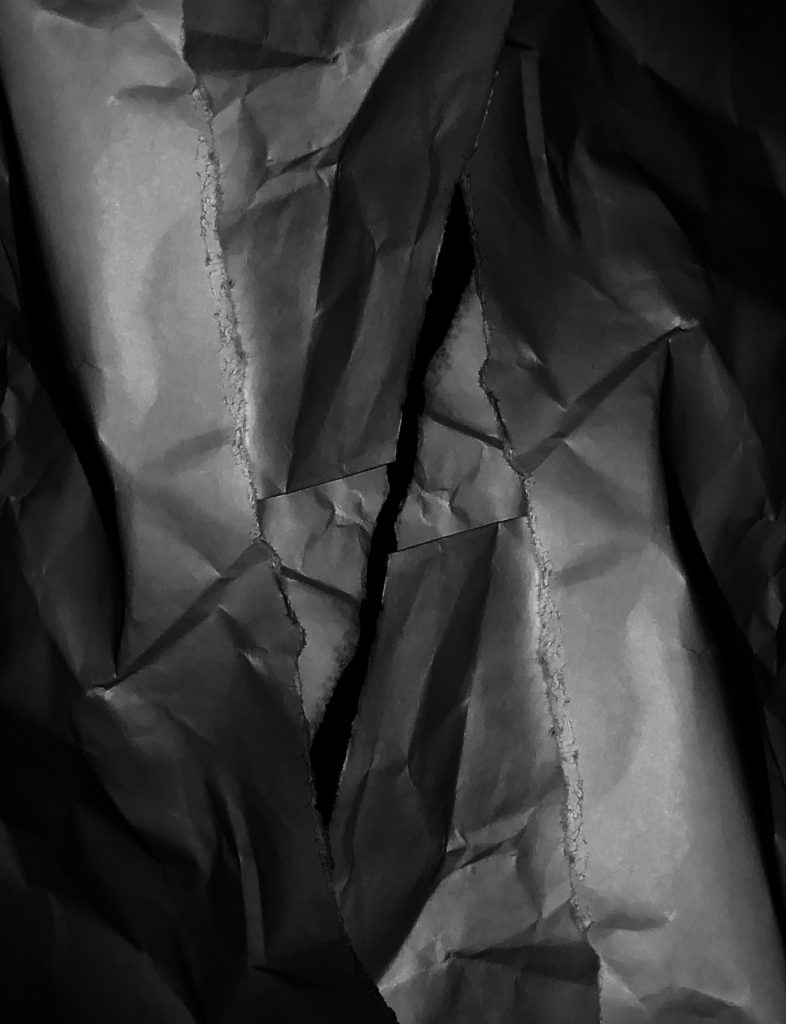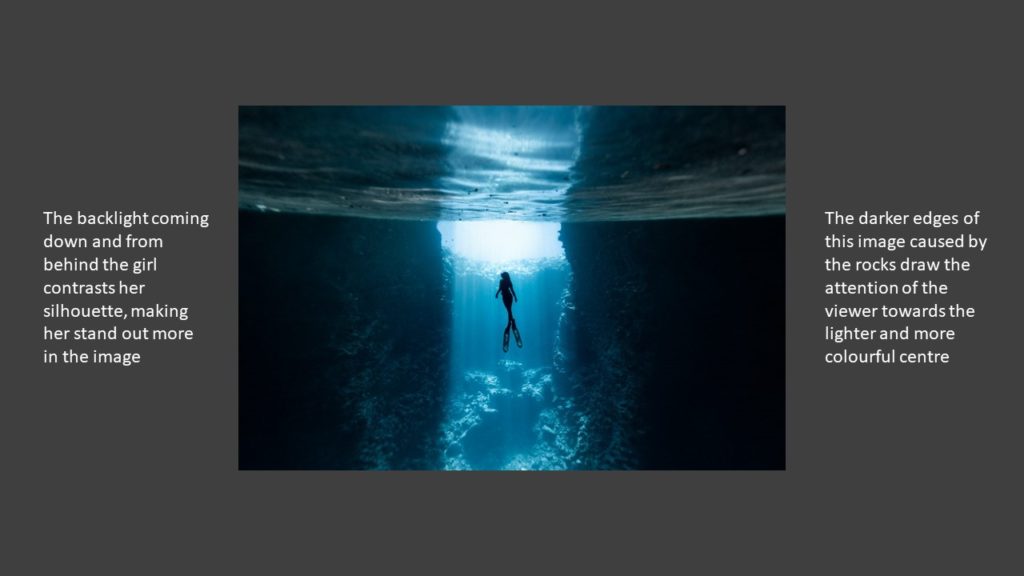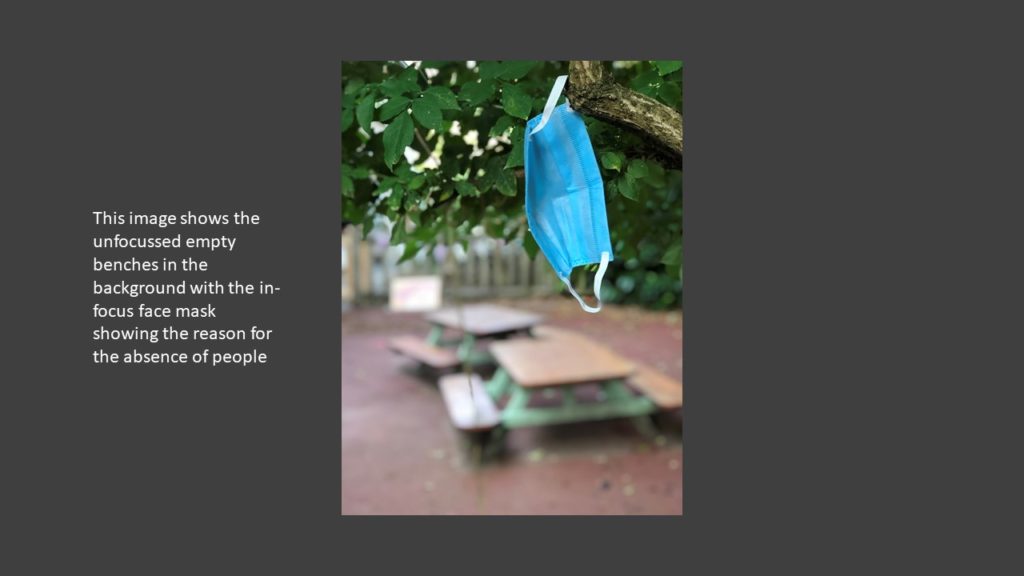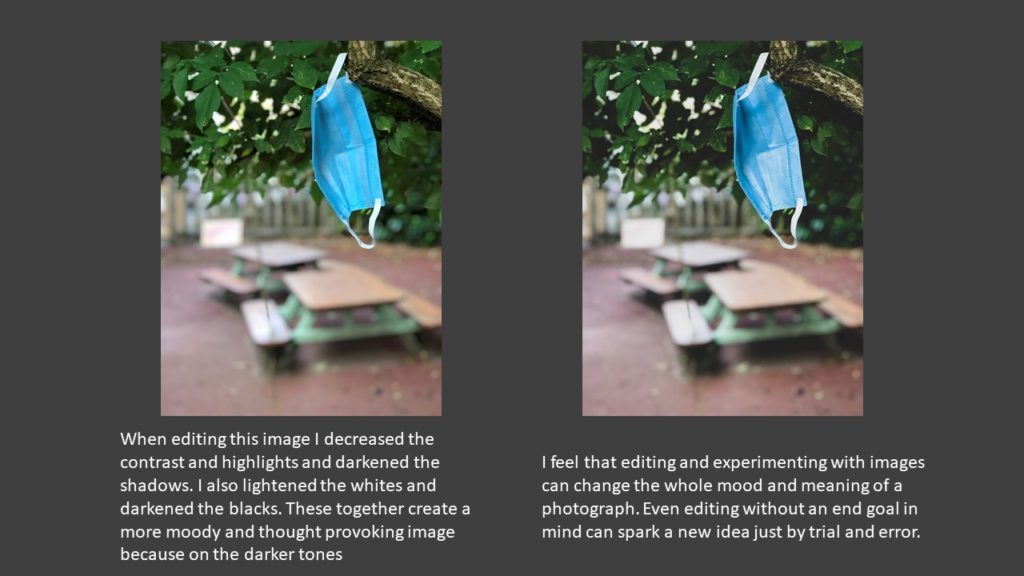Ernst Haas vs Alfred Stieglitz

Ernst Haas (1962-81) 
Alfred Stieglitz (1900’s)
These two images from Ernst Haas and Alfred Stieglitz have a lot of similar features as well as many differences.
Alfred was born in 1864, which means that photography was a lot different to when Ernst was taking photographs as he was born in 1921. One key difference that can be seen is that Alfred took many of his photographs in gray scale, where as Ernst took lots of his photos in full colour.
Despite Alfred shooting his photographs in black and white, there is still a blue hue/tint to the image. This is similar to the Ernst image on the left as it also has a blue hue to it. This makes both images have a cold feeling to them. The cold blue tones also show the weather at the the time the photographs were shot. For example the blue tint to the cloud formations on the right show that there may have been a cold breeze in the air, and the blue hue in the left image emphasizes the coldness of the running water in the photograph. In both of the images, it adds more atmosphere and feeling to the photographs.
The lighting in both of these images seem similar. This is because there is a natural light source that can not be seen in the shot. In both images, the highlights and most exposed parts of the image is towards the bottom of the photograph. This emphasizes the depth of the images, as well as creating contrast between the front of the waterfall/cloud forms and the back of them.
The shutter speed of the Ernst image on the left is quite high, about 1/60-1/20. This is to create a smooth motion blur of the water falling down the rocks. This allows for the whole rock behind the water to be seen, and for it to be in focus by using a high aperture, eg. f22. This creates a similar effect to Alfred’s image on the right. This is because the cloud is stretched out as if it is flowing. Despite this image having a fast shutter speed, the cloud shape creates the effect of movement.
Both images create straight, directional lines from the top to the bottom of the frame. This again adds to the effect of movement within the photograph. Both images also have a darker background, adding more depth and contrast to the image.
Although both images look fairly similar, the camera angle, positioning and framing of the images are very different. Ernst’s image on the left seems to be taken from eye level, looking parallel to the floor directly towards the waterfall. The framing of the waterfall centered. Ernst has also stood a distance away from the waterfall and zoomed in with a lens, cutting off the edges and top of the waterfall, making the overall size of the waterfall unknown. Alfred’s image on the right has been taken from the ground looking up at a very high angle to capture the cloud. The cloud is centered in the middle of the frame, also slightly zoomed in but most edges of the cloud can be seen, giving a bit of scale to the image.
There is no official context to either of these images, but they are both of natural forms which create similar shapes and lines and they both seem to express nature.

